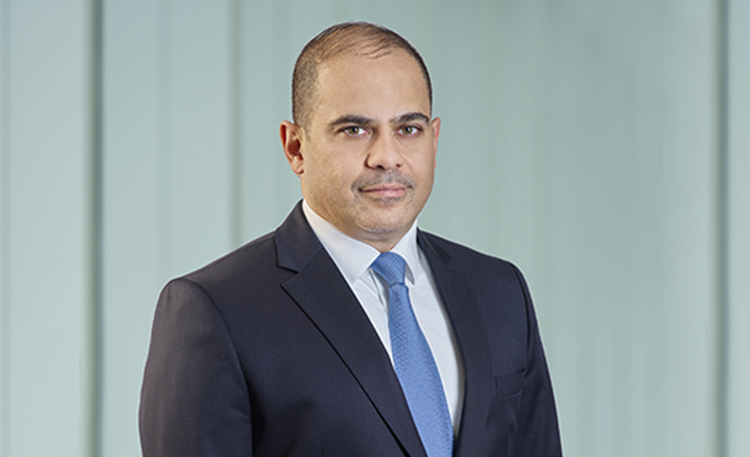
Transforming the Future: Exclusive Q&A with Salman Al Sairafi, Group Head of Transformation
Interview with Salman Al Sairafi, Group Head of Transformation
Can you elaborate on the overall strategic objectives for Transformation? Which will be prioritized?
SICO’s vision is to be the partner of choice for innovative investment solutions and our clients’ experience when dealing with us is a key part of that choice. SICO is investing more in our clients’ experience and the primary strategic objectives for Transformation in this area are to digitize service lines and achieve digital service excellence and innovation at scale. Achieving each of these objectives requires taking a more comprehensive view of how we do things and deciding on structures and systems that enable and support those objectives.
What are the short-term plans for the transformation office to address the improvement of existing operational structures or the introduction of new ones?
A big part of digitalizing our service lines and achieving digital service excellence involves understanding not only how we currently do things, but also taking the time to thoughtfully restructure operations and introduce new ways of doing things. Perhaps the most apparent of this is automation. This is, however, only part of the broader picture; being able to bring together different automated operations to achieve seamless and consistent end-to-end services is important when it comes to client relationships. But it doesn’t stop there. Even slick end-to-end services can look unconnected or isolated if they’re not organized and aggregated in ways that are easy for the client to understand and navigate. That’s where service excellence comes in; being able to enhance self-service in a holistic, organized, and intuitive way.
What specific technological advancements or innovations are being prioritized to enhance customer experience and operational efficiency?
Adopting a suitable approach and technology platform that allows us to enhance, not only the customer experience but to innovate at scale, is the next task at hand for the Transformation department. As business needs change, organizations need to deliver innovation quickly and adapt applications dynamically. To do this, organizations must be able to reassemble services and capabilities. This leads to the concept of the ‘composable enterprise;’ organizations with composable services can quickly adapt their customers’ experiences and their own operational efficiency in response to changes in the market.
Here, the selected platform allows the Transformation team quickly make changes to user interfaces, workflows, and services to adapt to new needs or introduce new products. IT also plays a significant role here by adopting modern system architectures and ensuring that backend systems and services are available for access using APIs; methods to access and interact with SICO’s core systems to perform specific tasks such as creating a new portfolio, transferring money between accounts, or triggering trades in the market.
What key performance indicators (KPIs) and metrics will be used to evaluate progress and ensure that the strategic objectives are being met?
Before we can talk about KPIs, it is important to be able to measure as much as possible about any customer’s journey with us; from the number of steps needed to open an account, to the time taken to complete a fund transfer, to how many clicks the customer needed to update her documents. Being able to measure all of this first requires that all these functions and services are indeed as granular and composable as possible; second, that we are able to measure the length of time, number of requests made and by whom; third, that we are able to store this information in way that allows an analyst to sift through the information and construct queries representing each KPI; and from there then decide on what can be considered as important to measure as a KPI while also being relevant to one or more strategic objectives. Finally, we’d need to display this wealth of information in a way that is easy to understand and appreciate to appropriate stakeholders so that progress can be evaluated.
Finally, we’d need to display this wealth of information in a way that is easy to understand and appreciate to appropriate stakeholders so that progress can be evaluated.
The Transformation team and the many stakeholders involved have their work cut out for them, but it looks to be quite an exciting journey.